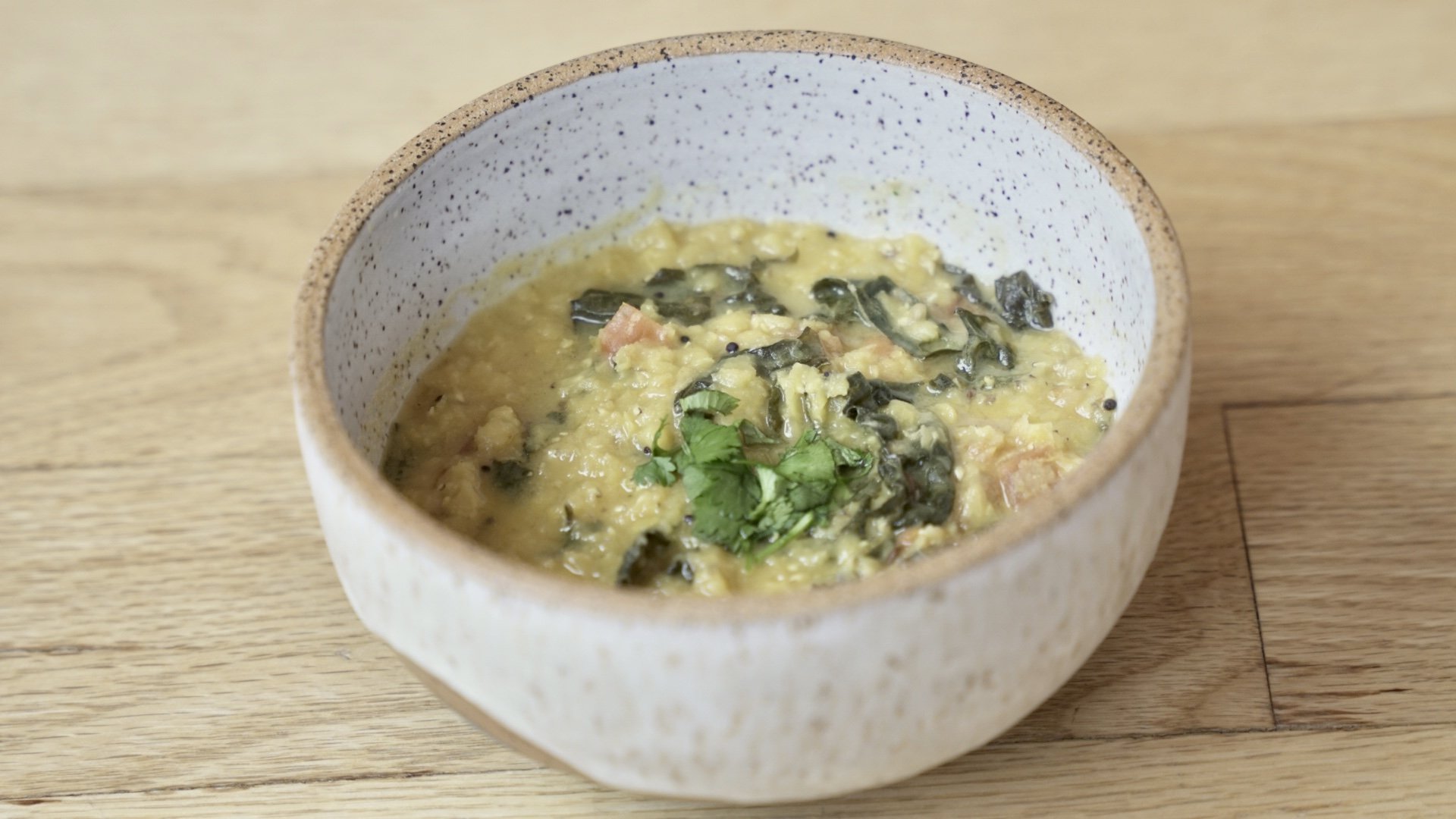Ayurveda, the ancient Indian system of medicine, holds the power to balance, rejuvenate, and transform the body and mind through a deep understanding of various herbs, minerals, and their combinations. One such art that Ayurveda describes is the process of combining herbs known as Anupans, a term derived from the words 'Anu,' which means 'after,' and 'Pan,' which means 'to drink.' When herbs are mixed with Anupans, their efficacy increases, and they become more potent healing agents. In this article, we delve into the alchemy of Ayurvedic Anupans and explore their power to harmonize, optimize, and transform our health.
1. A Deeper Understanding of Anupans
Anupans are the vehicles or mediums for administering herbal remedies. Anupans can be a liquid, semi-solid, or solid substance that helps enhance the therapeutic effects of herbal remedies while minimizing any potential side-effects. They also play a crucial role in aiding the absorption of the herb's active constituents and directing them toward the target organ or system of the body.
2. The Science behind Anupans
On a deeper level, Anupans work on the principle of 'like increases like,' which lies at the heart of Ayurveda. The combination of herbs with specific Anupans results in a synergy that amplifies their therapeutic properties, allowing them to penetrate deep into the tissues and unleash their full potential.
While Anupans might appear to be a simple addition to herbal remedies, they hold a prominent position in the Ayurvedic pharmacology, as they offer vital support in delivering the herbs to the right place in the body, ensuring maximum absorption and bioavailability.
3. Anupan Selection Based on Constitution and Imbalances
According to Ayurveda, each individual has a unique combination of the three governing biological energies or doshas – Vata, Pitta, and Kapha. These doshas dictate our physical, mental, and emotional attributes and can become imbalanced due to lifestyle, diet, and stress. The art of Anupan selection is based on one's unique constitution and their respective dosha imbalances.
For instance, people with Vata imbalance might be advised to have Anupans that are warming and heavy, such as sesame oil or ghee. Those with Pitta imbalance may require cooling and soothing Anupans, such as aloe vera gel or coconut water. While Kapha imbalance requires warm, light, and stimulating Anupans, like honey or hot water.
4. Commonly Used Anupans
Some commonly used Anupans in Ayurveda include water, herbal teas, honey, ghee, milk, fruit juices, and various carrier oils. These substances not only help in the proper delivery of herbs but also enhance the therapeutic properties of the herbal formulation. For instance, a decoction made with ginger, guduchi, and black pepper in plain water is an efficient immune booster. When the same decoction is taken with ghee, it becomes an excellent nerve tonic and joint rejuvenator
5. How to Choose the Right Anupan for You:
Choosing the appropriate Anupan for your particular needs can feel overwhelming, but when approached with an understanding of Ayurvedic concepts, this process can become quite intuitive. It is essential to consider several factors when making a decision, including the specific condition being treated, the properties of the herb or remedy, and the unique constitution and needs of the individual. In many cases, consulting with a knowledgeable Ayurvedic practitioner who specializes in the use of Anupans can ensure optimal results and avoid any potential negative interactions.
6. Anupans as an Essential Part of Treatment
Anupans are an essential part of Ayurvedic treatment and should not be overlooked when administering herbal remedies. While some herbal formulations might not mention the Anupans explicitly, consulting an Ayurvedic expert to guide you through Anupan selection based on your unique constitution and presenting imbalances is crucial in achieving optimal health and well-being.
The alchemy of Ayurvedic Anupans pulls us into a fascinating world where nature and science go hand in hand to create harmony within our bodies. Understanding and utilizing their potential help create a dynamic interplay, taking Ayurvedic therapies to new heights of efficacy and precision. By embracing the wisdom that these ancient concoctions offer, we can uncover the miraculous healing powers of Ayurveda and embark on a journey toward optimal health and well-being.
Disclaimer
The sole purpose of these articles is to provide information about the tradition of Ayurveda. This information is not intended for use in the diagnosis, treatment, cure or prevention of any disease.





























